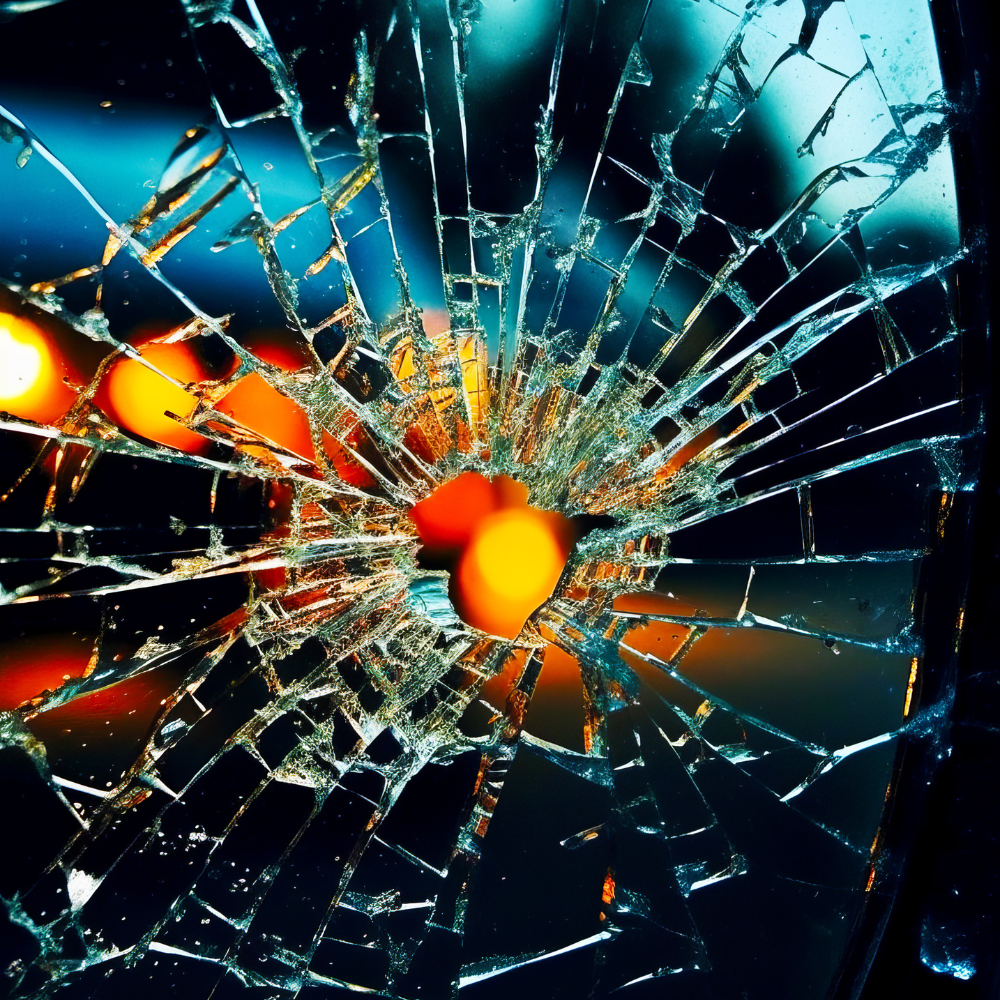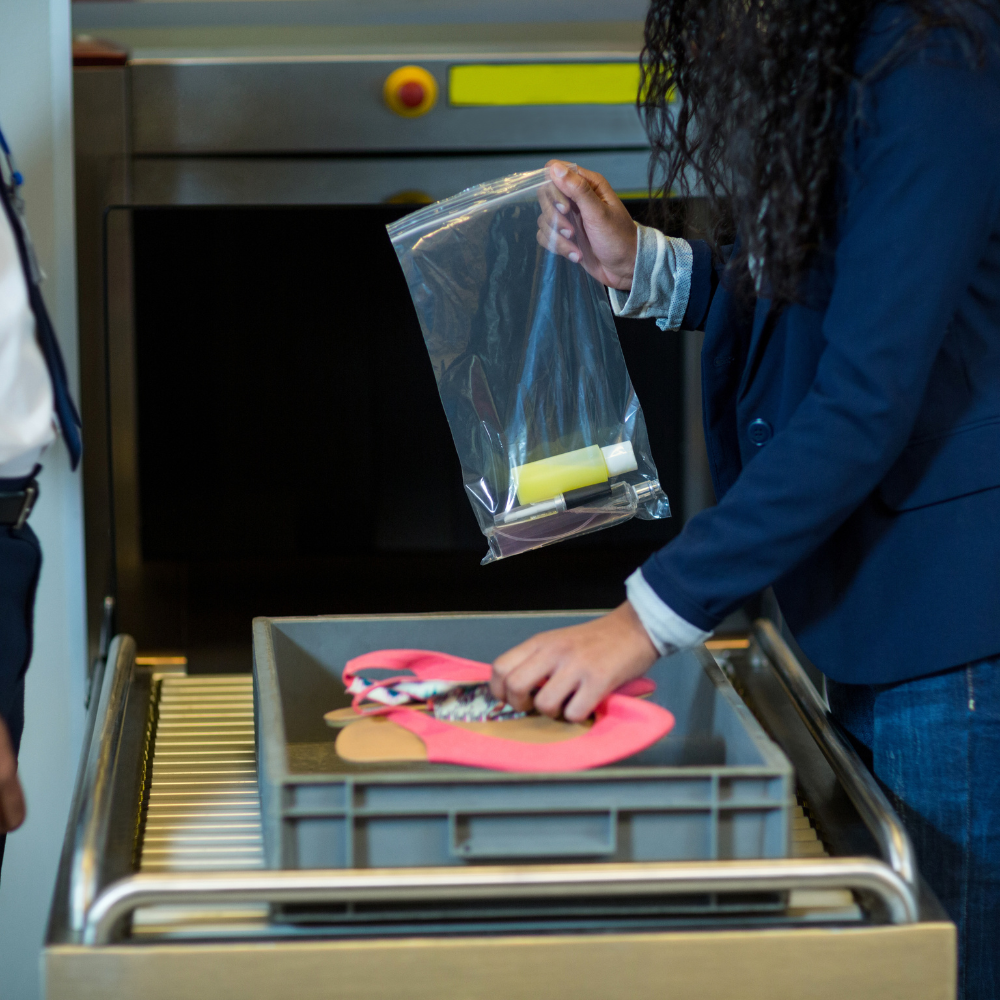
It is the new chapter of an extraordinary mission which aims to map the entire Milky Way in 3D. The third edition of the catalog of stars and cosmic objects based on data collected by the European satellite Gaia (DR3), in operation since 2013, has just been unveiled by the European Space Agency . A wealth of information immediately made available to the entire world scientific community, which will spend many years extracting the essential marrow. It must be said that it notably contains entirely new data and improved measurements for nearly two billion stars!

Chemical composition, temperature, colors, mass, age, distance and speed at which the stars are moving away or approaching us (radial speed) are all characteristics that draw up real identity cards for these stars (1.8 billion ) and bear witness to the structure and past history of our galaxy . And that's not all, because Gaia's DR3 also constitutes the largest catalog of binary stars (813,000), variable stars (10 million), solar system objects such as asteroids (156,000 ) or satellites of planets (31), but also other galaxies (2.9 million) and quasars (1.9 million) located beyond the Milky Way.
In all this scientific wealth still to be exploited, the Gaia mission team has already made some discoveries. The most amazing of them concerns the stars. The data from the European satellite clearly indicates that thousands of stars are animated by strange vibrations and large-scale stellar quakes that change their overall shape like a tsunami and that current theories do not even consider. The subsequent study of these upheavals will probably reveal a lot to us about the internal functioning of these stars.
Thanks to the chemical composition of stars , a data integrated for the first time in the Gaia catalog, the scientists were also able to draw up the largest chemical map of the galaxy. Enough to indulge in high-precision cosmic archaeology! To understand this, you have to bear in mind that when the very first stars in the Universe were formed, there was still only hydrogen and helium in the cosmos. The heavier elements are formed, little by little, in the heart of the stars, each of them releasing new compounds by exploding at the end of their life. What then allow the integration of these elements in the next generation.
Data from Gaia thus shows that our Milky Wayis home to both very old stars made of primordial matter, while others, like our Sun, are made of more complex matter, enriched by previous generations of stars. But the position of each other can say a lot, not only about the structure of our galaxy, but also about its history! What we can say at this stage is, on the one hand, that the stars closest to the center and to the plane of the Milky Way are richer in metals – and therefore younger – than those located at greater distance and that, on the other hand, some originally come from galaxies other than ours. Finally, Gaia has also detected mysterious macromolecules in interstellar space… In other words, science has its work cut out for it!
 It is the new chapter of an extraordinary mission which aims to map the entire Milky Way in 3D. The third edition of the catalog of stars and cosmic objects based on data collected by the European satellite Gaia (DR3), in operation since 2013, has just been unveiled by the European Space Agency . A wealth of information immediately made available to the entire world scientific community, which will spend many years extracting the essential marrow. It must be said that it notably contains entirely new data and improved measurements for nearly two billion stars!
It is the new chapter of an extraordinary mission which aims to map the entire Milky Way in 3D. The third edition of the catalog of stars and cosmic objects based on data collected by the European satellite Gaia (DR3), in operation since 2013, has just been unveiled by the European Space Agency . A wealth of information immediately made available to the entire world scientific community, which will spend many years extracting the essential marrow. It must be said that it notably contains entirely new data and improved measurements for nearly two billion stars!
 Chemical composition, temperature, colors, mass, age, distance and speed at which the stars are moving away or approaching us (radial speed) are all characteristics that draw up real identity cards for these stars (1.8 billion ) and bear witness to the structure and past history of our galaxy . And that's not all, because Gaia's DR3 also constitutes the largest catalog of binary stars (813,000), variable stars (10 million), solar system objects such as asteroids (156,000 ) or satellites of planets (31), but also other galaxies (2.9 million) and quasars (1.9 million) located beyond the Milky Way.
In all this scientific wealth still to be exploited, the Gaia mission team has already made some discoveries. The most amazing of them concerns the stars. The data from the European satellite clearly indicates that thousands of stars are animated by strange vibrations and large-scale stellar quakes that change their overall shape like a tsunami and that current theories do not even consider. The subsequent study of these upheavals will probably reveal a lot to us about the internal functioning of these stars.
Thanks to the chemical composition of stars , a data integrated for the first time in the Gaia catalog, the scientists were also able to draw up the largest chemical map of the galaxy. Enough to indulge in high-precision cosmic archaeology! To understand this, you have to bear in mind that when the very first stars in the Universe were formed, there was still only hydrogen and helium in the cosmos. The heavier elements are formed, little by little, in the heart of the stars, each of them releasing new compounds by exploding at the end of their life. What then allow the integration of these elements in the next generation.
Data from Gaia thus shows that our Milky Wayis home to both very old stars made of primordial matter, while others, like our Sun, are made of more complex matter, enriched by previous generations of stars. But the position of each other can say a lot, not only about the structure of our galaxy, but also about its history! What we can say at this stage is, on the one hand, that the stars closest to the center and to the plane of the Milky Way are richer in metals – and therefore younger – than those located at greater distance and that, on the other hand, some originally come from galaxies other than ours. Finally, Gaia has also detected mysterious macromolecules in interstellar space… In other words, science has its work cut out for it!
Chemical composition, temperature, colors, mass, age, distance and speed at which the stars are moving away or approaching us (radial speed) are all characteristics that draw up real identity cards for these stars (1.8 billion ) and bear witness to the structure and past history of our galaxy . And that's not all, because Gaia's DR3 also constitutes the largest catalog of binary stars (813,000), variable stars (10 million), solar system objects such as asteroids (156,000 ) or satellites of planets (31), but also other galaxies (2.9 million) and quasars (1.9 million) located beyond the Milky Way.
In all this scientific wealth still to be exploited, the Gaia mission team has already made some discoveries. The most amazing of them concerns the stars. The data from the European satellite clearly indicates that thousands of stars are animated by strange vibrations and large-scale stellar quakes that change their overall shape like a tsunami and that current theories do not even consider. The subsequent study of these upheavals will probably reveal a lot to us about the internal functioning of these stars.
Thanks to the chemical composition of stars , a data integrated for the first time in the Gaia catalog, the scientists were also able to draw up the largest chemical map of the galaxy. Enough to indulge in high-precision cosmic archaeology! To understand this, you have to bear in mind that when the very first stars in the Universe were formed, there was still only hydrogen and helium in the cosmos. The heavier elements are formed, little by little, in the heart of the stars, each of them releasing new compounds by exploding at the end of their life. What then allow the integration of these elements in the next generation.
Data from Gaia thus shows that our Milky Wayis home to both very old stars made of primordial matter, while others, like our Sun, are made of more complex matter, enriched by previous generations of stars. But the position of each other can say a lot, not only about the structure of our galaxy, but also about its history! What we can say at this stage is, on the one hand, that the stars closest to the center and to the plane of the Milky Way are richer in metals – and therefore younger – than those located at greater distance and that, on the other hand, some originally come from galaxies other than ours. Finally, Gaia has also detected mysterious macromolecules in interstellar space… In other words, science has its work cut out for it! 


